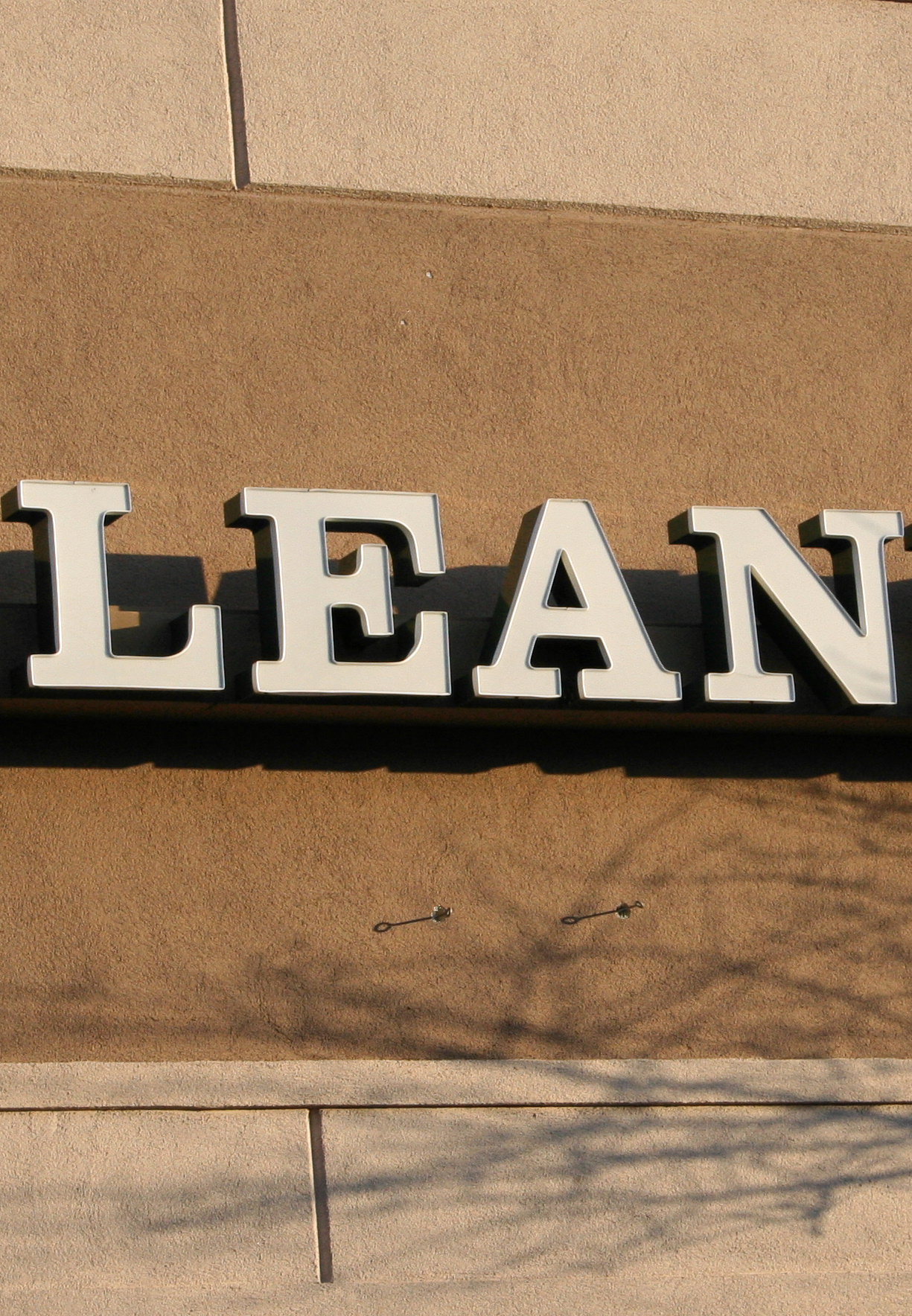 With the economy still on food stamps, it’s all about saving pennies, recycling cans, and cutting coupons for everything from toilet paper to web design. Efficiency gurus are salivating at opportunities to clean waste off the rungs of the corporate ladder and from around the seals of gunky production cogs.
With the economy still on food stamps, it’s all about saving pennies, recycling cans, and cutting coupons for everything from toilet paper to web design. Efficiency gurus are salivating at opportunities to clean waste off the rungs of the corporate ladder and from around the seals of gunky production cogs.
“Lean” traces back to Toyota, when automakers, with continuous improvement tools in tow, sought to decrease waste while preserving overall value. According to this Wiki article, “The goal of Lean then becomes the creation and maintenance of a production system which runs repetitively, day after day, week after week in a manner identical to the previous time period.”
But does this, or rather should this apply to the recherche class of digital virtuosos who don’t mix time and money on the same color palette?…in fact any stop watch arm pumping before these high tech artists is likely to cause an acute case of chewed tinfoil teeth-burn for the project manager that dares to micromanage these finicky free-formers.
Does this mean you should give your graphic designers open field to marinate in whatever muse-mist scent they start after? Clients would be in an uproar if they had to front the bill for hours of neck-extended ceiling searches (yes, graphic designers get “writer’s block” too).
So how does the project manager create a baseline for store design anyway? This is where experience comes in handy, and the stop watch runs when no one is looking. Yes, even in world quality design there are time limits, and the more experienced ecommerce designers are the better they can qualify a project based on budget and hours needed for accomplishment.
“Lean” tools can be used to slim down ceiling stare time once a good baseline is established, but don’t send in the trebuchets at the risk of losing the castle. Introduce change to this hyper-sensitive artisan climate in mini-doses with lots of sugar, and don’t lose sight of the fact that custom ecommerce design is still an inventive process, not a production line.
